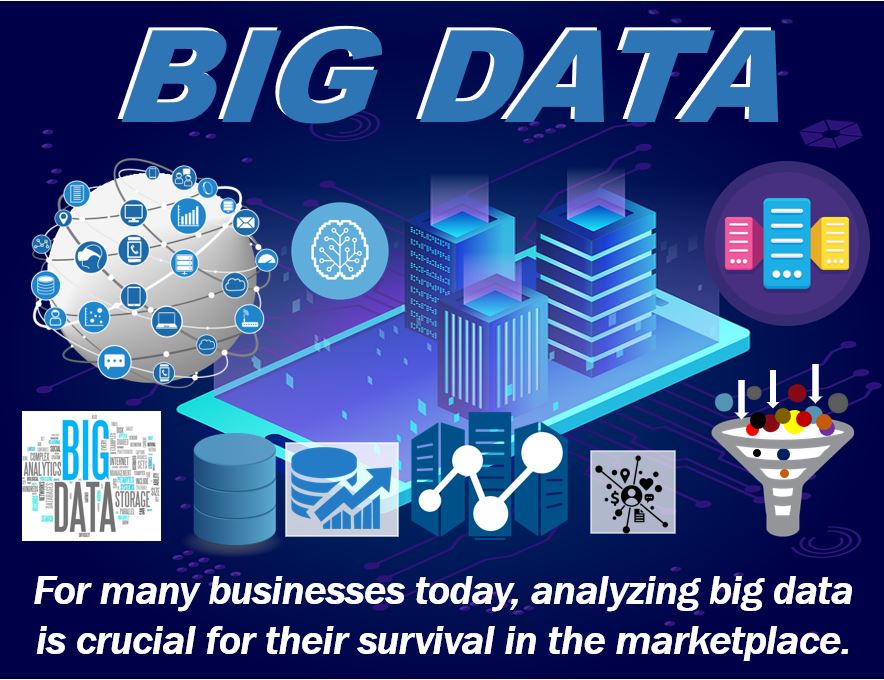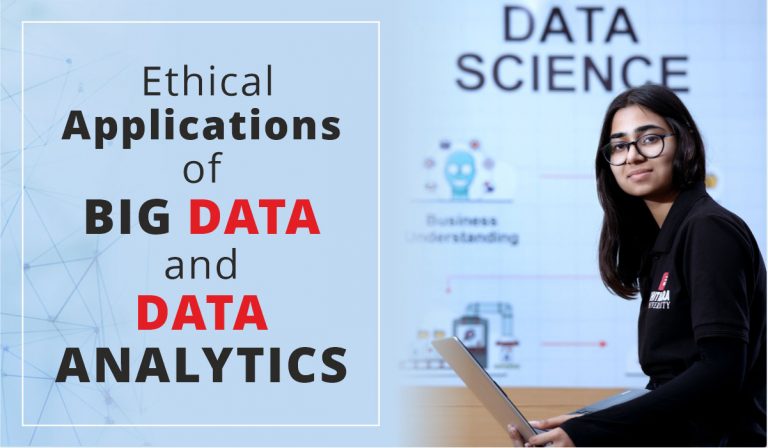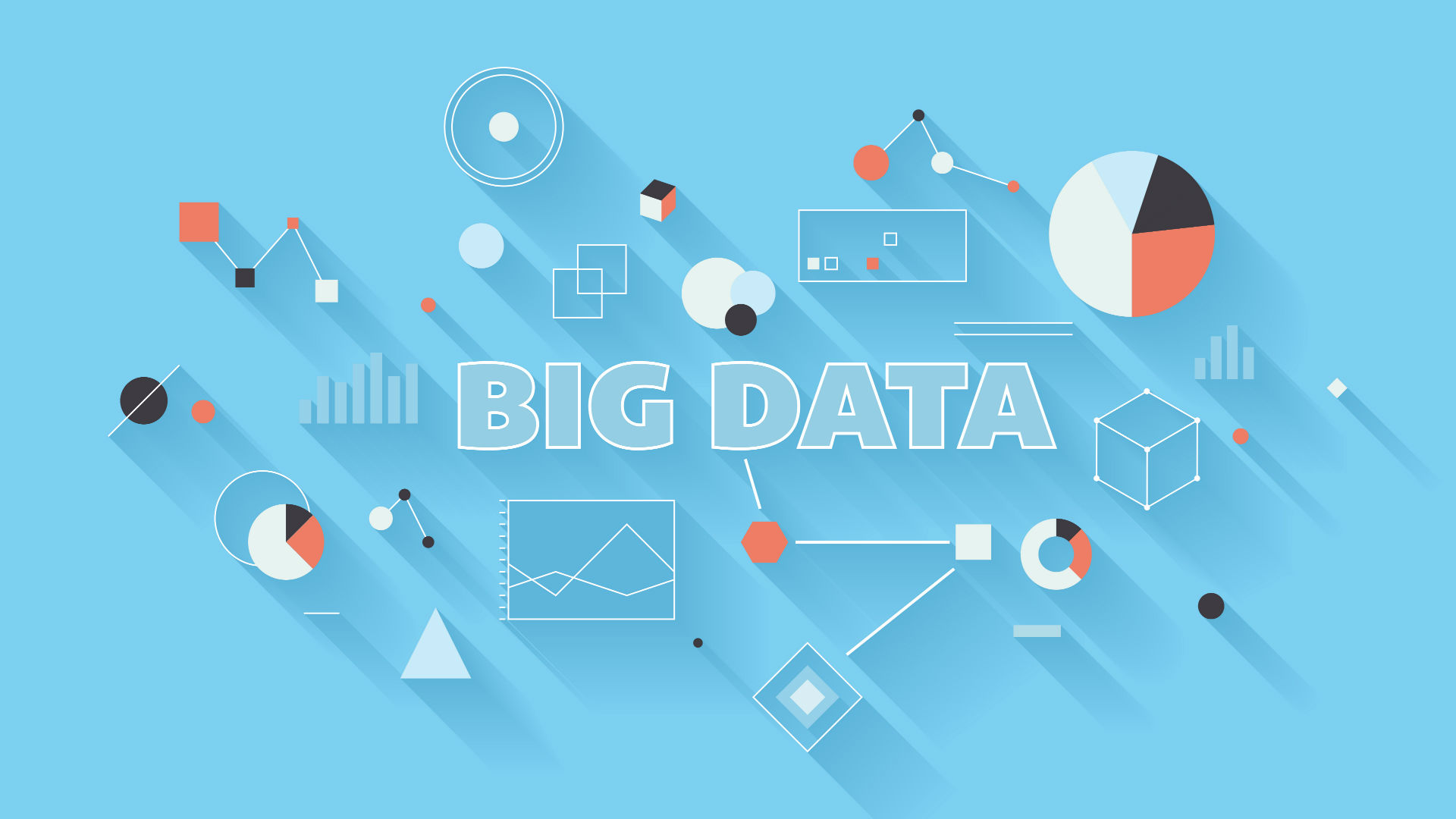What is ‘Big Data’? An Overview
In today’s digital age, ‘big data’ has become a ubiquitous term, often used to describe the vast amounts of information generated by our increasingly connected world. But what exactly is ‘big data’? At its core, ‘big data’ refers to any database that is characterized by its large volume, high velocity, and wide variety of data types. This data can come from a multitude of sources, including social media, online transactions, sensors, and more. The significance of ‘big data’ lies in its potential to unlock valuable insights and drive informed decision-making. By analyzing and interpreting ‘big data’, organizations can gain a better understanding of their customers, operations, and market trends. This, in turn, can lead to improved business outcomes, such as increased efficiency, reduced costs, and enhanced customer experiences.
However, the sheer volume and complexity of ‘big data’ can make it challenging to collect, process, and analyze. As such, it’s essential to have the right tools, techniques, and expertise in place to effectively harness the power of ‘big data’. This includes everything from data governance and management to machine learning algorithms and data visualization techniques.
In the following sections, we’ll explore the key characteristics of ‘big data’ databases, as well as their role in business and industry. We’ll also discuss the various methods and tools used to analyze ‘big data’, as well as the ethical considerations surrounding its use. Finally, we’ll look at the future of ‘big data’ analysis and provide recommendations for organizations and individuals looking to leverage its power and potential.
Key Characteristics of ‘Big Data’ Databases
As mentioned earlier, ‘big data’ refers to any database that is characterized by its large volume, high velocity, and wide variety of data types. Let’s take a closer look at each of these characteristics and how they impact the way data is collected, processed, and analyzed. First, volume refers to the sheer amount of data that is being generated and collected. With the rise of digital technologies and the Internet of Things (IoT), we are producing more data than ever before. For example, social media platforms generate terabytes of data every day, while sensors and machines generate petabytes of data in a single day. The challenge with such large volumes of data is to efficiently collect, store, and process it.
Next, velocity refers to the speed at which data is being generated and processed. In today’s fast-paced world, data is being generated and processed in real-time, making it essential to have the right tools and techniques in place to keep up with the pace. For example, stock exchanges rely on high-velocity data processing to make split-second trading decisions.
Finally, variety refers to the wide range of data types that are being generated and collected. This includes structured data, such as spreadsheets and databases, as well as unstructured data, such as text, images, and videos. The challenge with data variety is to effectively analyze and interpret the data, regardless of its format or structure.
It’s important to note that data quality and completeness are crucial factors in ‘big data’ analysis. Even if a database has a large volume, high velocity, and wide variety of data, it’s useless if the data is incomplete, inaccurate, or biased. As such, data governance and management are essential components of ‘big data’ analysis.
The Role of ‘Big Data’ in Business and Industry
‘Big data’ has become a buzzword in the business world, and for good reason. It has the potential to revolutionize the way organizations operate, make decisions, and interact with their customers. Here are some examples of how ‘big data’ analytics is being used in various industries: Healthcare: ‘Big data’ analytics is being used to improve patient outcomes, reduce costs, and streamline operations. For example, hospitals are using ‘big data’ to predict patient readmissions, identify high-risk patients, and optimize staffing levels.
Finance: The financial industry is using ‘big data’ to detect fraud, manage risk, and improve customer experiences. For example, banks are using ‘big data’ to analyze customer behavior, detect anomalies, and personalize services.
Marketing: ‘Big data’ analytics is being used to improve marketing effectiveness, increase customer engagement, and personalize experiences. For example, retailers are using ‘big data’ to analyze customer behavior, predict purchasing patterns, and deliver targeted marketing campaigns.
Despite the benefits of ‘big data’ analytics, there are also challenges and limitations to consider. One of the biggest challenges is data privacy and security. With the increasing amount of data being collected and stored, there is a greater risk of data breaches and cyber attacks. Organizations must ensure that they have robust data governance and management practices in place to protect sensitive data.
Another challenge is the lack of data quality and completeness. Without accurate and complete data, ‘big data’ analytics can lead to incorrect insights and decisions. Organizations must invest in data quality initiatives to ensure that their data is reliable and trustworthy.
Finally, there is the challenge of data bias. ‘Big data’ analytics can perpetuate existing biases and stereotypes if the data used is not representative of the population. Organizations must be mindful of this and take steps to ensure that their data is diverse and inclusive.
How to Analyze ‘Big Data’ Databases
Analyzing and interpreting ‘big data’ requires specialized tools and techniques that can handle the volume, velocity, and variety of data. Here are some of the most common methods and tools used to analyze ‘big data’ databases: Machine Learning Algorithms: Machine learning algorithms are a type of artificial intelligence that can automatically learn and improve from experience. They can be used to analyze large datasets and identify patterns, trends, and anomalies. For example, machine learning algorithms can be used to predict customer churn, detect fraud, and optimize supply chain operations.
Data Visualization Techniques: Data visualization techniques are used to represent data in a graphical or visual format. They can help analysts and decision-makers to quickly identify patterns, trends, and insights in large datasets. For example, data visualization techniques can be used to create heat maps, scatter plots, and network diagrams.
Statistical Models: Statistical models are mathematical models that are used to analyze and interpret data. They can be used to make predictions, identify trends, and test hypotheses. For example, statistical models can be used to analyze customer behavior, predict sales trends, and evaluate the effectiveness of marketing campaigns.
When it comes to analyzing ‘big data’ databases, there are several benefits and limitations to consider. One of the biggest benefits is the ability to analyze large datasets and extract valuable insights that would be difficult or impossible to identify manually. However, there are also limitations to consider, such as the need for specialized skills and expertise, the potential for bias and errors, and the challenges of data quality and completeness.
To ensure successful ‘big data’ analysis, it’s essential to have robust data governance and management practices in place. This includes ensuring data quality and completeness, establishing clear data ownership and access controls, and implementing appropriate data security and privacy measures. By following best practices for ‘big data’ analysis, organizations can unlock the full potential of their data and make informed decisions that drive business success.
Ethical Considerations in ‘Big Data’ Analysis
As ‘big data’ continues to grow in importance and influence, it’s essential to consider the ethical implications of how this data is collected, analyzed, and used. Here are some of the key ethical considerations surrounding ‘big data’ analysis: Data Privacy: Data privacy is a major concern when it comes to ‘big data’ analysis. With the increasing amount of personal data being collected and stored, there is a risk that this data could be misused or mishandled. It’s essential to have robust data privacy policies and practices in place to protect individuals’ personal information.
Consent: Consent is another important ethical consideration in ‘big data’ analysis. Individuals should have the right to control how their data is collected, used, and shared. This includes having the ability to opt-out of data collection and being informed about how their data will be used.
Bias: Bias is a common issue in ‘big data’ analysis, as algorithms and models can perpetuate existing biases and stereotypes. It’s essential to ensure that ‘big data’ analysis is conducted in a fair and unbiased way, taking into account the diversity of the data and the potential impact on different groups.
The potential consequences of unethical ‘big data’ practices can be significant, including damage to reputation, legal liability, and loss of trust. To ensure ethical ‘big data’ analysis, organizations should consider implementing the following best practices:
Transparency: Be transparent about how data is collected, used, and shared. This includes providing clear and concise privacy policies and being open about the algorithms and models used in ‘big data’ analysis.
Accountability: Hold individuals and organizations accountable for their actions in ‘big data’ analysis. This includes implementing appropriate data governance and management practices and having clear consequences for unethical behavior.
Collaboration: Collaborate with stakeholders, including individuals, communities, and organizations, to ensure that ‘big data’ analysis is conducted in a responsible and ethical way. This includes involving stakeholders in the design and implementation of ‘big data’ projects and being open to feedback and suggestions.
Government regulations and industry standards can also play a role in promoting ethical ‘big data’ practices. For example, the European Union’s General Data Protection Regulation (GDPR) sets strict standards for data privacy and security, while the Fair Information Practice Principles (FIPPs) provide a framework for responsible data practices. By following these best practices and regulations, organizations can ensure that their ‘big data’ analysis is conducted in a responsible and ethical way, while also maximizing the potential benefits of this powerful technology.
The Future of ‘Big Data’ Analysis
As ‘big data’ continues to evolve and grow, there are several trends and developments that are likely to shape the future of ‘big data’ analysis. Here are some of the most significant: The Rise of Artificial Intelligence: Artificial intelligence (AI) is becoming increasingly important in ‘big data’ analysis, as it enables organizations to automate complex tasks and make more accurate predictions. AI algorithms can analyze large datasets and identify patterns and insights that would be difficult or impossible for humans to detect. However, there are also concerns about the ethical implications of AI, such as bias and job displacement.
The Internet of Things: The Internet of Things (IoT) is a network of connected devices, such as sensors, appliances, and vehicles, that generate and transmit data. The IoT is expected to generate vast amounts of data, providing organizations with new opportunities to analyze and interpret this data to improve business operations, increase efficiency, and enhance customer experiences. However, the IoT also presents challenges in terms of data privacy, security, and management.
Edge Computing: Edge computing is a distributed computing paradigm that brings computation and data storage closer to the source of data generation. This can help to reduce latency, improve performance, and reduce the amount of data that needs to be transmitted over long distances. Edge computing is particularly useful in ‘big data’ analysis, as it enables organizations to analyze data in real-time, close to the source of data generation.
To take advantage of these trends and developments, organizations must be prepared to invest in ongoing research and innovation in the field of ‘big data’ analysis. This includes staying up-to-date with the latest technologies and tools, as well as developing the necessary skills and expertise to analyze and interpret ‘big data’. By doing so, organizations can unlock the full potential of ‘big data’ analysis, while also addressing the challenges and limitations of this powerful technology.
Conclusion: The Power and Potential of ‘Big Data’ Analysis
In conclusion, ‘big data’ analysis has the potential to transform the way organizations operate, make decisions, and create value for their customers. By analyzing and interpreting large volumes of high-velocity, diverse data, organizations can gain valuable insights that can help them improve business operations, increase efficiency, and enhance customer experiences. However, ‘big data’ analysis is not without its challenges and limitations. Data privacy and security concerns, bias, and the need for robust data governance and management are just a few of the issues that organizations must address in order to ensure ethical and responsible ‘big data’ practices.
To leverage the power and potential of ‘big data’ analysis, organizations must invest in the necessary tools, technologies, and expertise. This includes developing a deep understanding of the various methods and techniques used to analyze ‘big data’, such as machine learning algorithms, data visualization techniques, and statistical models. It also means implementing robust data governance and management practices, and staying up-to-date with the latest trends and developments in the field.
At the same time, individuals and organizations must be mindful of the ethical implications of ‘big data’ analysis. This includes respecting data privacy and consent, addressing bias and discrimination, and promoting transparency and accountability in ‘big data’ practices.
By taking a responsible and ethical approach to ‘big data’ analysis, organizations can unlock the full potential of this powerful technology, while also ensuring a sustainable and equitable future for all.






